How to Create a Racing Simulator Setup
Building a solid setup for enjoying racing sims doesn’t have to be as complex or expensive as you might expect. It’s time to hit the (virtual) garage and build your dream racing machine.How-To
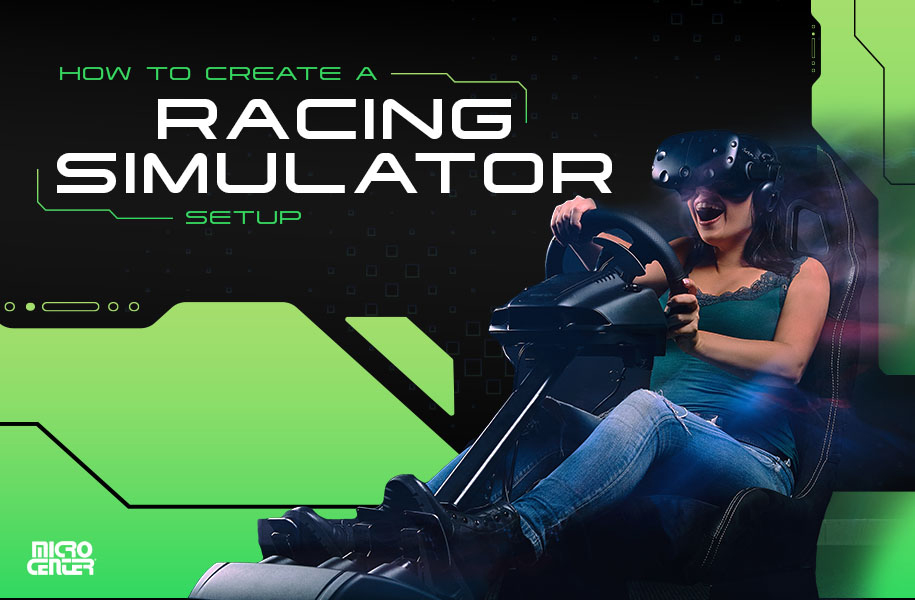
Getting started with sim racing can be intimidating. After all, it’s a hobby known for its elaborate setups. With some of the multi-thousand-dollar sim racing cockpits you’ll see on Twitch and YouTube, it can almost seem like you might as well buy a real Ferrari!
Fortunately, building a solid setup for enjoying racing sims doesn’t have to be as complex or expensive as you might expect. It’s time to hit the (virtual) garage and build your dream racing machine — and we’ll tell you how to do it up ahead.
1. Choose Your Platform
Your first decision is whether you want to race on a PC or a game console like the PS5 or Xbox Series X. For many people, the answer to this question will simply be to go with whatever you already have. That’s because, fortunately, all three are capable platforms for someone getting started with sim racing.
PS5 has the legendary Gran Turismo series and Xbox has Forza Motorsport, while the PC has tons of racing titles old and new. Even older platforms like the PS4 can still offer robust racing options with active communities if you don’t mind playing a slightly older game. (The Nintendo Switch, unfortunately, doesn’t have the presence in sim racing that other consoles do, and many popular racing peripherals don’t offer Switch compatibility.)
It’s true that a lot of dedicated racing sim enthusiasts prefer the PC as a platform, and it’s common to see racers who start out on consoles move to PC as they become more involved in the hobby. That’s because PC sim racing offers the widest lineup of games and compatible peripherals (such as wheels and pedals). In addition, PC owners can customize their graphics and processing hardware for the best sim racing performance. The catch is that using less powerful hardware could impact your performance in some of the more demanding sim racing games.

2. Choose Your Display
Your display, whether it’s a TV or a monitor, is a huge part of your sim racing experience. You’ve probably seen sim racing YouTubers with massive triple-screen display setups, and the good news is that those definitely aren’t required to enjoy racing sims. However, they do point to two things that you should look for in a sim racing display: a large screen and a wide field of view.
Yes, size really does matter when it comes to sim racing displays. Basically, you want the largest gaming monitor or TV you can reasonably get — especially if you’ll be sitting more than two to three feet away from it. The idea is to get a display that fills up your field of view as much as possible since peripheral vision is incredibly important in sim racing. If you don’t have the room or the budget for a huge display, try to figure out a way you can sit closer to the screen. (Racing cockpits with monitor mounts are great for this.)
If you’re playing on a PC, a monitor with a high refresh rate and fast response time will also improve your experience. Curved ultrawide monitors are especially popular among sim racing enthusiasts since they can use wider aspect ratios that massively increase the racer’s field of view.
VR is another display option that’s quickly gaining popularity with sim racers. With today’s VR headsets offering an incredible level of realism, it’s not uncommon to see sim racers choose VR instead of a traditional TV or monitor. That said, it’s important to check whether the games you play support the specific model of VR headset you’re considering because compatibility varies a lot.
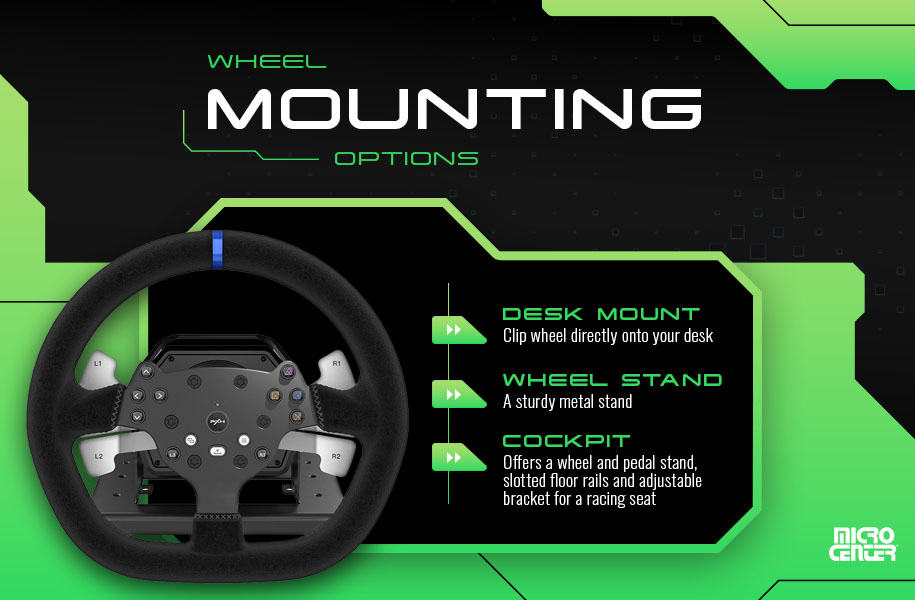
3. Choose Your Mounting Option
At the very least, your racing wheel will need to be mounted onto something, and mounting other components like your pedals can make your racing setup more comfy and immersive. When it comes to choosing a method for mounting your sim gear, these are your basic options:
- Desk Mount: Many entry-level racing wheels include a desk mount that allows them to clip directly onto your desk and then set up the pedals below. This is by far the most compact option, and if you’re in a very small space like a dorm room, it might be your only choice. However, desk mounts don’t offer the same level of immersion as wheel stands or cockpits, and more sophisticated types of wheels typically don’t offer this option.
- Wheel Stand: The most popular mid-level option for racing sims is a wheel stand. These sturdy metal stands include a place to mount your racing wheel and pedals, and most are compatible with a wide variety of wheel and pedal models. They’re a go-to option for sim racing enthusiasts, especially those who want to use more advanced wheels like a belt-drive or direct-drive wheel. Many wheel stands also have a fold-up design that makes them easy to store when not in use.
- Cockpit: If you’ve got a higher budget, plenty of space, and you’re all-in on realism and immersion, a cockpit can be an amazing centerpiece for your sim rig. These premium setups offer a wheel and pedal stand, plus a set of slotted floor rails and an adjustable bracket for attaching a racing seat. (Some models come with a pre-installed seat.) Many also include a stand for mounting your display(s), although you’ll need to purchase the display stand separately on some models.
Before you start choosing the parts of your sim rig, take a little time to look at the space where you plan to put it. Even if you’re not going for a full triple-monitor sim racing cockpit, you’ll want to make sure you know how much space you have to work with for your setup.

4. Choose Your Wheel
The racing wheel could reasonably be called the heart of a sim racing setup. Not only does it control your car, but it also provides force feedback, which is key for mastering high-level race driving skills. A few sim games, most notably iRacing, actually require a racing wheel to play at all.
Several different types of wheels exist, categorized based on how they produce force feedback. Let’s take a quick look at the different types available:
- Gear Drive: These wheels use a small electric motor, plus a series of connected gears that amplify the force feedback provided by the motor. Gear drive wheels are a great choice for beginners, but sim enthusiasts typically upgrade to one of the next two options.
- Belt Drive: A belt drive wheel follows the same principle as a gear drive wheel, but uses belts instead of gears to amplify the motor’s forces. Belt drive wheels tend to be smoother and are a good step up from gear drive wheels.
- Direct Drive: These wheels use a separate wheel base with a significantly larger motor that directly provides its own force feedback, and separate “rims” or steering wheels that you can swap out on the wheelbase. Direct drive wheels are by far the most expensive option, but they’re also the most realistic and provide the most intense and immersive feedback. Plus, you’ll have the ability to change out your wheel — should you want to.
The features on a wheel also differ a lot from one model to another. Wheels designed for console compatibility usually include a set of console buttons. (Speaking of which, make sure to check that the wheel you’re looking at is compatible with the platform you want to use it with.) Meanwhile, models that cater to hardcore sim drivers often include numerous mappable buttons, heads-up displays, and other premium features.

5. Choose Your Pedals
Your pedals are the most important elements of your racing rig after your wheel. In fact, if you’re going to use a wheel, a set of pedals to go with it is pretty much a must-have! Fortunately, some of the entry- and mid-level wheels come with pedals included, and these package deals are a great idea if you don’t want to obsess too much over the specs of your pedals.
The biggest decision in pedals is whether to choose pedals that use a potentiometer or load cells. Potentiometer pedals have a tiny device inside that measures how far the pedal travels, while load cells have a device that measures pressure. Just about any sim enthusiast will tell you that load cell pedals are significantly more responsive and more accurate, so it’s often one of the first upgrades that sim enthusiasts make to their setups. All that said, potentiometer pedals are a perfectly good way to get started, but it can be worth springing for a set of load cell pedals if you can afford them.
It’s also worth noting that some sets of pedals include a clutch and some don’t. Many racers won’t need a clutch, especially if you use the auto-clutch features that most sim racing games include, or the paddle shifters built into many steering wheels. Most games don’t require them, but it can be a nice extra for immersion if you prefer it.

6. Decide on Extras
Once you’ve selected your wheel and pedals (plus possibly a wheel stand), your basic sim racing setup is complete. However, there’s no reason you have to stop there! If you’ve got the resources to soup up your racing rig with more goodies to give you an improved sim experience, there are tons of awesome extras out there.
- Seat: Not all cockpits come with a seat, so you might need to purchase an aftermarket seat with your cockpit. A good racing seat will include adjusting height and tilt options, plus plenty of support for your neck and lower back.
- Shifter: If you prefer driving with a traditional H-pattern shifter rather than paddle shifters or auto-shifting, a shifter peripheral could be a great addition to your rig.
- Handbrake: Most people won’t need a handbrake peripheral, but it can be useful for certain types of driving, particularly rally racing.
- Convenience Accessories: Tons of small accessories like phone holders and cup holders are available for your sim racing setup. You definitely don’t need them, but they can certainly be nice to have!
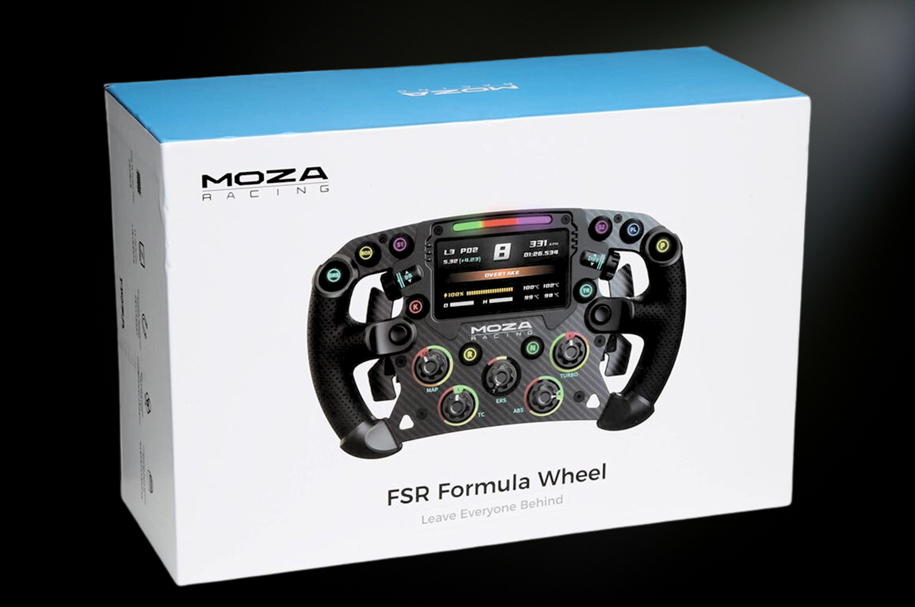
Popular Racing Sim Gear from Micro Center
Our selection of racing gear is enough to get any sim enthusiast revved up. From racing wheels to pedals to cockpits, we’ve got everything you need to build the racing simulator setup of your dreams. Here’s some of our most popular basics to get you started:
- Wheels
- Logitech G923: A high-quality beginner’s wheel that comes bundled with pedals for an unbeatable deal.
- Thrustmaster T248: Perfect for those who want a more realistic and immersive experience.
- Simucube 2 Pro Sim Racing Wheelbase: Looking to explore direct drive wheels? This premium wheelbase allows you to add an awesome rim like the MOZA GS GT Racing Wheel.
- Pedals
- Thrustmaster T-3PM: A great set of beginner pedals at a newbie-friendly price.
- Thrustmaster T-LCM: Powerful but affordable load cell pedals, perfect for those starting to explore higher levels of sim racing.
- Moza CRP Pedals: Conquer the track with these deadly accurate load cell pedals.
- Wheel Stands and Cockpits
- Next Level Racing Wheel Stand Lite: The perfect basic wheel stand, with a folding design that makes it easy to stow.
- Sim Lab GT1 EVO Sim Racing Cockpit: An awesome all-in-one racing cockpit with plenty of room to add on all the little details.
- TK Racing Elite Rig: Boasts heavy duty aluminum offering unmatched endurance and durability.
Want to check out the rest of our sim racing options? Make a pit stop on our sim racing page to see our complete selection of sim gear, or build your own perfect rig step by step with our racing sim builder!

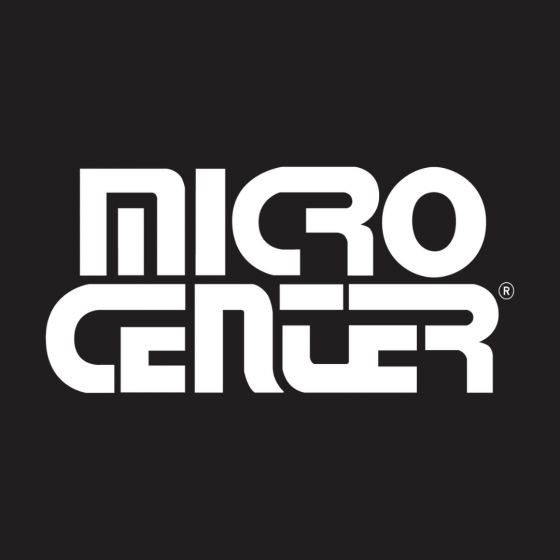
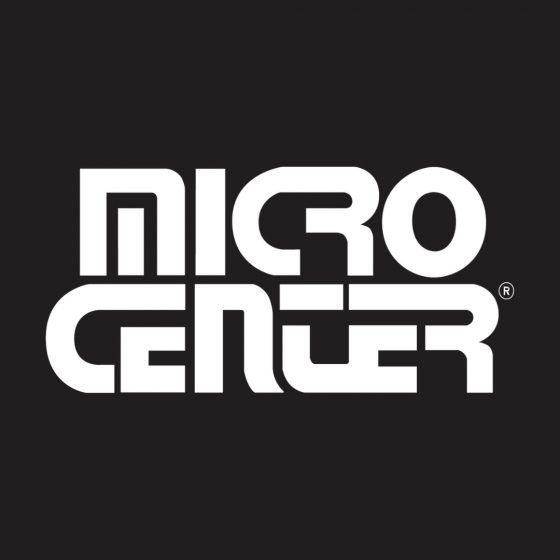
.png)
